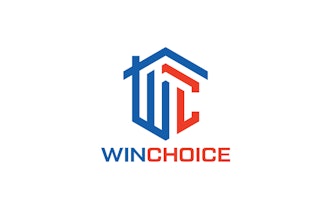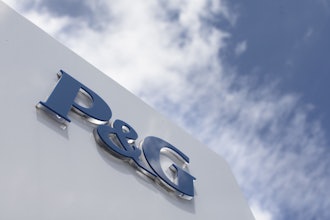Suppose you owned a full-service restaurant and ordered a new coffee maker from Bunn. What are you really looking for? A piece of equipment that turns hot water into hot coffee? Or a dynamic, monitored piece of your kitchen that helps ensures you always have coffee ready to meet your thirsty customers each morning?
This question has been top of mind lately among foodservice equipment manufacturers aiming to drive profitable growth, triggering a fundamental shift to the way a business operates that increasingly focuses on outcomes. Technology advancements and the Industrial Internet of Things are making this outcome orientation more feasible every day. For example, when Bunn sells its products embedded with BUNNLINK ™ technology to help monitor maintenance and prevent outages, they are delivering an outcome and potentially more value to the customer.
Becoming an outcome-centric organization isn’t as straightforward as it might seem, however. The transformation requires manufacturers to redesign every major function in its organization—especially commercial functions charged with defining, selling and servicing value propositions.
For instance, in a traditional, customer-centric organization, marketers identify customer segments across multiple dimensions, then define solutions (a mix of products and services) to meet each segment’s needs. But in an outcome-centric organization, marketers target individual customers. Then they tailor value propositions to each customer in order to deliver an outcome. Manitowoc, for instance, offers a range of potential options for its Kitchen Connect service to pair with the variety of foodservice equipment a customer buys. This allows the company to develop a customized solution based on each customer’s needs and the type of equipment they purchase.
For an outcome-centric company to carry out marketing’s promise, sales organizations must know the customer well enough to understand the specific outcomes it seeks. This requires a strong partnership between sales organizations and customers. In the case of an industrial equipment manufacturer selling “uptime” instead of a device, for example, sales needs to work with multiple customer stakeholders to define the service level agreement. This is inherently more complex and requires the sales team to work across its own organization much more closely, especially in areas such as pricing, operations, engineering, customer service, after-sales support and sales operations. Organizations must be prepared to improve or modify selling skills, sales incentives, internal coordination and sales and service processes to make this work right for the customer.
Becoming outcome-centric requires more than changes to marketing and sales, however. Product development teams will need to focus on delivering products as a service to enable real-time service level monitoring. This way, engineers and product designers no longer have to make educated guesses about how their products perform in the field, because they can collect actual performance data instead. For instance, both Bunn and Manitowoc provide remote monitoring and management of equipment for customers, in order to more quickly respond to issues and help provide more uptime for their equipment. This also gives their engineers a great deal of insight into potential failure points, common performance issues, and even product usage (e.g., how many coffees of various strengths will be ordered) so that they can better design and manufacture the next generation of products.
These types of programs help solve a common challenge in industrial manufacturing where customer feedback on product usage fails to make it back from the sales team and other customer-facing staff. Product performance data helps inform future improvements. But just as important, it tends to compress the new product development cycle. Foodservice equipment manufacturers may soon have to compete like technology companies, racing to beat the competition to get the next-generation product out the door.
Pricing is another function that has to adapt. While many manufacturers today use a cost-plus or market-based pricing model, pricing in an outcome-centric organization must change to something like price per outcome or usage. This is critical if manufacturers are to capture a greater share of the revenue from the outcomes they help deliver. But for many industrial companies, developing advanced pricing capabilities has not been a priority.
After-sales support and customer service are also affected as they increasingly focus on predictive interventions. For example, many equipment manufacturers are automating service scheduling and parts replacement. To deliver outcomes, customer service teams must be tightly integrated with the commercial organization so they can anticipate customer issues and proactively offer solutions (e.g., automatic rerouting of a misplaced delivery). Presently, these functions tend to be siloed from the upstream marketing and sales organizations. This will have to change for many companies seeking to become outcome-centric.
Finally, the sales operations organization may become bigger and more important. Business intelligence is a strong competency in outcome-centric companies. Wherever they are, such organizations need to gather and analyze multiple streams of real-time customer data so they can identify and recommend improvements. Sales operations may be the logical group to perform this function on top of its traditional role of supporting the sales team.
Becoming an outcome-centric organization is arguably one of the most important strategic decisions your company can make. And it’s becoming more feasible every day, thanks to technology advancements and the Industrial Internet of Things. Without an outcome-centric mindset and operational model, companies risk falling behind. But it involves a foundational shift in organization and culture. Embracing this major undertaking and maintaining the discipline to follow through will likely mean the difference between future success and stagnant survival.























